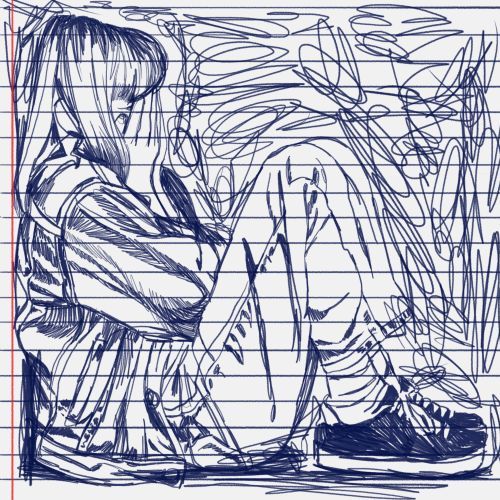What does the education of Ukrainian children and youth look like during the war?
What does the education of Ukrainian children and youth look like during the war? In January 2023, there were 6.2 million internally displaced people (IDPs) in Ukraine. The UN estimates that the needs of more than 3.5 million children in the country are “serious or even catastrophic.” According to approximately 75% of parents, their children have symptoms of psychological trauma due to the war, manifested in memory disorders, shorter attention spans and reduced learning ability. Remote learning has become the norm for many Ukrainian children, forced by the shelling of critical infrastructure and residential areas. Poor-quality internet connections, power outages and a lack of appropriate equipment disrupt lessons. Less than 30% of school-age children can access a laptop or tablet.
By June 2023, the total number of Ukrainian refugees in Bulgaria, the Czech Republic, Hungary, Poland, Moldova, Romania and Slovakia reached over 1,902,000 people. The estimated enrollment rate of Ukrainian refugees in primary and secondary schools in these seven countries is 43%, ranging from 4% to 59%. It means that 6 out of 10 children do not attend school in the country receiving refugees. That low schooling rate is due to, among others, barriers such as language – in Hungary, 6 out of 10 Ukrainian refugees do not speak Hungarian, and in Romania, 7 out of 10 refugees do not speak Romanian – the absorption capacity of a given educational system and gaps in published data.
In a special edition of our podcast, you can listen to the education problem during the war in Ukraine and Poland for Ukrainian students. It is available on our website, in podcast applications and in the Mikrofon Radio Tok FM program.



























